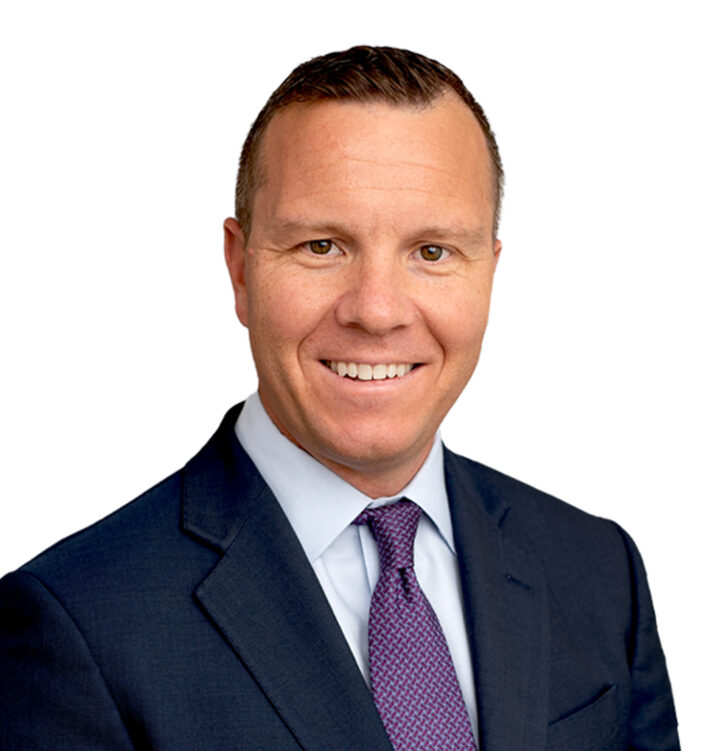2024 Mid-Year Credit Market Update
- Chris Sweet, Managing Director | Head of Capital Advisory
- Scott Thomas, Senior Director, Capital Advisory
IMPROVING FINANCING MARKET CONDITIONS
In the first half of 2024, there has been a dramatic improvement in financing market conditions. Credit spreads have tightened to multi-year lows1 and lenders across the private credit and broadly syndicated loan (BSL) markets are displaying increased risk appetite fueled by pent up loan demand and a lack of new financing opportunities over the last 18 months.
Borrowers are taking advantage following a challenging 2023, a year in which total annual US leveraged loan issuance volume fell to its lowest level since 2011. In 2023, the leveraged loan market encountered substantial challenges precipitated by a confluence of factors, most notably the aggressive tightening of monetary policy enacted by the Fed during 2022 and 2023. During this period, the Fed authorized the fastest series of rate increases in the past 40 years and brought an end to a nearly 20-year period of extremely low interest rates by historical standards. This created a very challenging M&A environment in 2023, characterized by material bid-ask spreads between sellers reluctant to budge on valuation and buyers unable to finance seller expectations. Sponsors, business owners and their management teams pursued defensive strategies, seeking to drive profitability enhancements, reduce debt and trade cash interest for payment-in-kind (PIK) interest and other non-cash pay return components.
This year, while the M&A environment remains challenged, tightening credit spreads have driven a significant increase in opportunistic repricing, refinancing and dividend recapitalization activity. Repricing amendments, which the market does not count as new supply, accounted for a record-breaking $378 billion of total leveraged loan primary market activity in 1H 2024, shattering the previous first half record of $260 billion set in 2017. Dividend recap volume for 1H 2024 totaled nearly $41 billion, exceeding total dividend recap volume for all of 2022 and 2023 combined and putting 2024 on pace to meet or exceed the all-time annual record for dividend recap volume set in 2021.2
A key theme this year, which has also contributed to the increase in opportunistic transactions, is the resurgence of the BSL market following several quarters of muted activity. As of June 30, 2024, year-to-date new leveraged loan issuance volume is $355 billion, exceeding total issuance volume for all of 2023 and representing a 135% increase over the comparable period in 2023.
EXHIBIT 1 – US Leveraged Loan Issuance Volume
Source – Pitchbook
Institutional issuance has accounted for most of the increase in leveraged loan volume this year, although pro rata issuance is also recovering from the turmoil of 2023, a year marked by three of the largest bank failures since the Great Financial Crisis. Over the last six months, the BSL market has reopened for lower rated borrowers, with average new issue spreads for single B issuers decreasing more than 50 bps since the end of the year and down more than 140 bps since their recent peak in Q3 2022, now reaching their lowest level since Q1 2020. Borrowers are taking advantage of the credit spread compression in the BSL market by opportunistically pursuing transactions to reduce their cost of capital and extend maturities, with refinancings having accounted for 65% of all new institutional leveraged loan issuance activity this year.
EXHIBIT 2: Average New-Issue Spread by Borrower Rating
Source – Pitchbook
The resurgence of the BSL market has renewed the competition for upper middle market assets between the BSL market and private credit market, a positive development which is benefiting borrowers. Over the last two years, many private credit lenders moved up market to take advantage of volatility in the BSL market and deploy more capital in larger, higher quality opportunities at similar returns. During 2023, the private credit market refinanced approximately $20 billion of broadly syndicated loans while the BSL market refinanced less than $2 billion of private credit facilities. Following several quarters of domination by private credit, the trend reversed in Q1 2024, with BSL facilities refinancing $12 billion of private credit loans while private credit refinanced only $3 billion of BSL facilities. Following the onslaught of BSL repricings and refinancings in Q1 2024, private credit fought back in Q2 2024, refinancing $7 billion of broadly syndicated loan facilities as reflected in the chart below.
Exhibit 3 – Refinancing Activity – Broadly Syndicated Loans and Direct Lending Takeouts
Source – Pitchbook
Private lenders are pulling multiple levers to compete for deals, beginning with pricing. In the first half of 2024, approximately 17% of new sponsor-backed issuances were priced at S + 600 bps or higher, down from approximately 80% in the second half of 2023. Furthermore, many private credit lenders are agreeing to cut spreads and reprice existing debt facilities to avoid being displaced. For larger borrowers, this has resulted in meaningful reductions in interest expense.
EXHIBIT 4 – Distribution of New-Issue Spreads for Sponsor-backed Direct Lending Transactions
Source – Pitchbook
Despite the recent success of the BSL market, private credit lenders remain a formidable competitor in the upper middle market and the preferred solution for true middle market and lower middle market borrowers. Private credit lenders continue to offer bespoke financing solutions, unique structural features and flexibility the BSL market has yet been able to replicate. For example, private credit lenders have been generous in providing delayed draw term loans (DDTLs) to sponsor-backed platforms to more efficiently finance buy and build strategies. For this and other reasons, private credit remains the preferred partner for buyout financings.
EXHIBIT 5 – Count of Leveraged Buyouts (LBOs) Financed via BSL Market vs. Private Credit Market
Source – Pitchbook
Following a two-year drought, dividend recapitalization transactions have also seen a resurgence and are off to a record setting pace through the first half of 2024. In 1H 2024, $41 billion of institutional leverage loans have been used to fund a dividend, exceeding the combined total for all of 2022 and 2023 and pacing slightly ahead of 1H 2021 ($38 billion), a year that finished with an all-time record $83 billion of dividend recap volume. Amid a challenging M&A environment, private equity sponsors have seen limited opportunities for traditional exits and there has been a persistent lack of new LBO financing opportunities for lenders. As a result, sponsors are pursuing dividend recapitalization transactions to generate liquidity, capitalizing on record levels of private credit dry powder and strong investor demand for assets and credit spreads at multi-year lows.
EXHIBIT 6 – Institutional Leveraged Loan Dividend Recap Volume
Source – Pitchbook
The latest wave of dividend activity has enabled some sponsors to realize a modest return of capital to LPs. However, the slow M&A market over the last several years has resulted in delayed exits and extended hold periods, creating mounting pressure for private equity firms to generate a more substantial return of capital to LPs. Notwithstanding, total dry powder amongst private equity firms remains near record levels. The combination of demand across both debt and equity capital is creating the potential for a wave of financing activity over the next 12 months, particularly if the Fed begins cutting rates later this year.
EXHIBIT 7 – Private Equity Dry Powder
Source – Pitchbook
GROWTH OF PRIVATE CREDIT & THE VALUE OF AN ADVISOR
In the years since the Great Financial Crisis, private credit has experienced exponential growth as banks have reduced their lending activity under increased regulatory scrutiny, particularly in the core middle market and lower middle market. As we have highlighted, private credit has gained significant scale since its early days with new competitors entering the market and larger asset managers competing directly with the BSL market. Investors have increased allocations to private credit in pursuit of its attractive yields, compelling risk adjusted returns and lower volatility as compared to other asset classes. According to recent estimates, the private credit market is $1.6 trillion in size. The asset class has roughly doubled since 2018 and is expected to exceed $3.5 trillion by 2028.3
| EXHIBIT 8 – US Middle Market CLO Issuance Source – Pitchbook |
EXHIBIT 9 – Private Debt Dry Powder*
|
Recent fundraising announcements underscore the growing momentum and strong investor demand across the private credit asset class. According to a 2024 survey conducted by Goldman Sachs, more than half of insurance companies are seeking to increase their allocation to private credit over the next 12 months.
- In May 2024, Goldman Sachs announced that it has $20 billion to invest in private credit after raising its $13.1 billion West Street Loan Partners V fund, its fifth and largest senior direct-lending fund to date4
- Goldman has also stated its intent to more than double its private credit business to $300 billion from about $130 billion today5
- In June, HPS Investment Partners, a leading global, credit-focused alternative investment firm with over $100 billion in assets under management, announced that it currently has approximately $10 billion in investable capital after closing its second Core Senior Lending Fund and parallel investment funds and accounts6
- Over the last several years, many banks have formed partnerships with credit asset managers to pursue private credit strategies, enabling banks to participate in the asset class while allowing private credit lenders to offer a more competitive cost of capital to borrowers
Capital formation across the private credit asset class shows no signs of slowing down. Investor demand for private credit has accelerated in recent years due to its attractive risk-adjusted returns and reduced volatility relative to comparable fixed income alternatives. As this market continues to expand, prospective borrowers have the potential to realize great benefit from the proliferation of new capital sources, increased lender competition and expanded financing options across senior debt, junior debt and structured capital solutions. In this constantly evolving landscape, it is becoming increasingly more important for sponsors, business owners and management teams to work with an experienced advisor that can help borrowers access various pools of capital efficiently and take full advantage of what the marketplace has to offer. Leveraging decades of combined transaction execution experience, real-time financing market insights and deep lender relationships, Portage Point is able to execute efficient financing processes while creating competitive tension between prospective lenders to drive best-of-market terms and optimize outcomes for our clients.
LOOKING FORWARD
Over the last year, the Fed has made significant progress in reducing inflation while also balancing the goal of job growth and maximizing employment. However, the rate of progress has slowed in recent months and inflation has been hovering between three and three and half percent during the first six months of 2024, above the Fed’s long-run goal of two percent. In its latest statement from June 12th, the Fed maintained its posture of “higher for longer” and its commitment to gaining greater confidence that inflation is moving sustainably towards its goal before making any decision with respect to reducing the target range for the Federal Funds Rate. However, the market continues to price in a near-term reduction in rates with the 30-day SOFR rate projected to decline by more than 100 bps over the next 12 months.
EXHIBIT 10: Forward SOFR Curve Chart
Source – Pensford
KEY TAKEAWAYS FOR BORROWERS
At Portage Point, our team of experienced capital advisory professionals have spent our entire careers advising sponsor-backed, founder-owned and small-cap public companies on bespoke, tailored financing solutions and we stand ready to assist our current and prospective clients in navigating the marketplace and delivering solutions to their financing needs |
PORTAGE POINT’S DIFFERENTIATED APPROACH TO CAPITAL ADVISORY SERVICES
Portage Point is a business advisory and investment banking business focused on providing holistic advisory services and solutions to sponsored and non-sponsored companies in the middle market. Our Capital Advisory team partners with each client to evaluate capital requirements, structure tailored financing solutions and run competitive and efficient financing processes to provide certainty of execution for our clients and optimize financing outcomes based on each client’s unique goals and priorities. Our team leverages years of transaction execution experience and deep lender relationships across the landscape of credit providers to develop an effective process strategy and craft thoughtful marketing materials which highlight attractive credit attributes of the business while addressing key lender concerns. In the constantly evolving private credit and middle market financing landscape, it is critical for middle market companies, financial sponsors and management teams to have an experienced and trusted advisor to navigate this marketplace and secure the financing they require to fund their businesses.
Portage Point’s differentiated, cross-functional platform enables the firm to add value for clients across a range of capabilities and solutions prior to, during and after a financing transaction. These services may include financial and operational due diligence, transaction execution services and performance improvement initiatives and more.
Footnotes
1. Pitchbook LCD data for BB-, B+, B and B- credit spreads through June 30, 2024 as reported in the Q2 2024 US Credit Markets Quarterly Wrap Report
2. Pitchbook LCD data for historical quarterly dividend recap activity through June 30, 2024 as reported in the Q2 2024 US Credit Markets Quarterly Wrap Report
3. Bloomberg – “BlackRock Says Private Debt Will Double to $3.5 Trillion by 2028”
4. Goldman Sachs Asset Management press release
5. Reuters – “Exclusive: Goldman Sachs seeks to expand private credit portfolio to $300 billion in five years”
6. HPS press release
Disclaimer
Investing in securities involves risk, including the potential loss of principal. The value of investments can go down as well as up, and investors may not get back the full amount originally invested. Past performance is not indicative of future results. All investments carry some degree of risk, including the potential for loss of principal.
Private credit typically refers to debt investments in privately negotiated loans or debt securities. Private credit offers potential benefits such as higher yields, customization of terms, and a focus on steady income generation, but it comes with drawbacks like illiquidity and higher credit risk due to the nature of borrowers involved.
In contrast, broadly syndicated loans are large loans provided by a group of lenders to a single borrower. Broadly syndicated loans are typically rated and have standardized terms, making them more transparent and easier to benchmark. However, they may offer lower yields and less flexibility in terms compared to private credit.
Investing in debt securities is not suitable for all investors. Economic downturns, changes in interest rates, and complex contractual terms further contribute to the risk profile of investing in debt. It is important to conduct thorough research and consider your risk tolerance before making any investment decisions.
This document is for informational purposes only and does not constitute an offer or solicitation to purchase or sell securities. Investors should seek advice from a qualified financial advisor and conduct their own research and due diligence before making any investment decisions.
There is no assurance that any investment strategy will achieve its objectives. All investing involves risk, including the possible loss of principal. Diversification does not guarantee a profit or protect against loss in declining markets.
Investment Banking Services are offered through Triple P Securities, LLC. Member FINRA SIPC. Firm details on FINRAs BrokerCheck.





